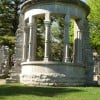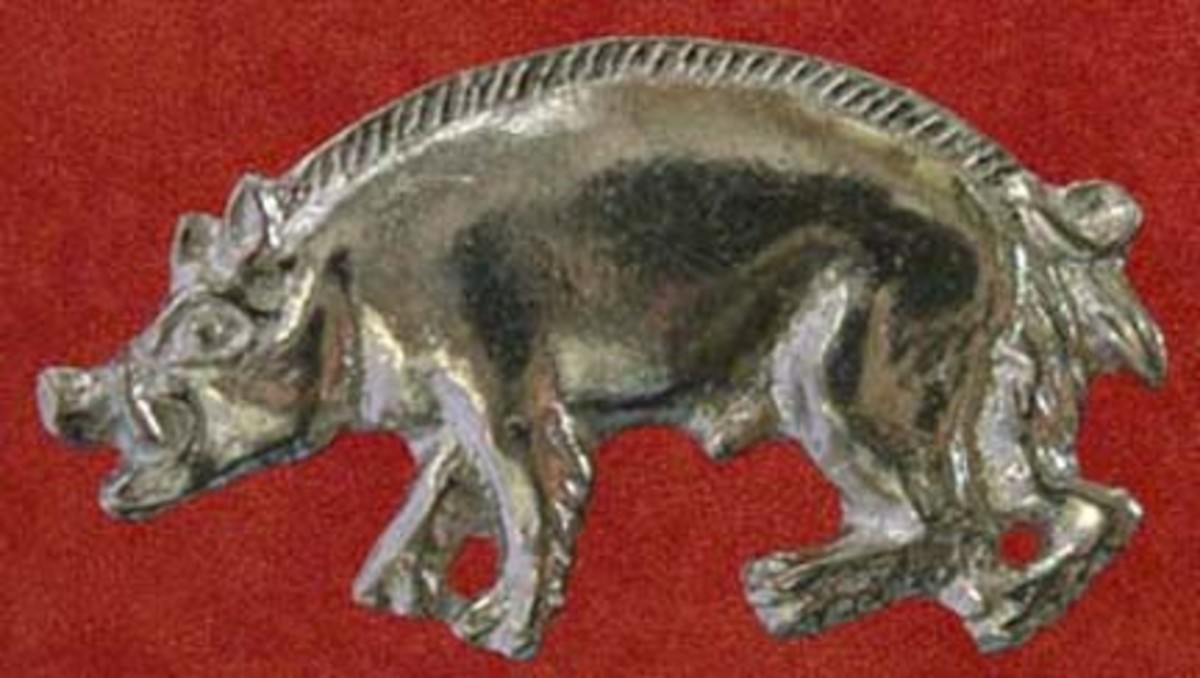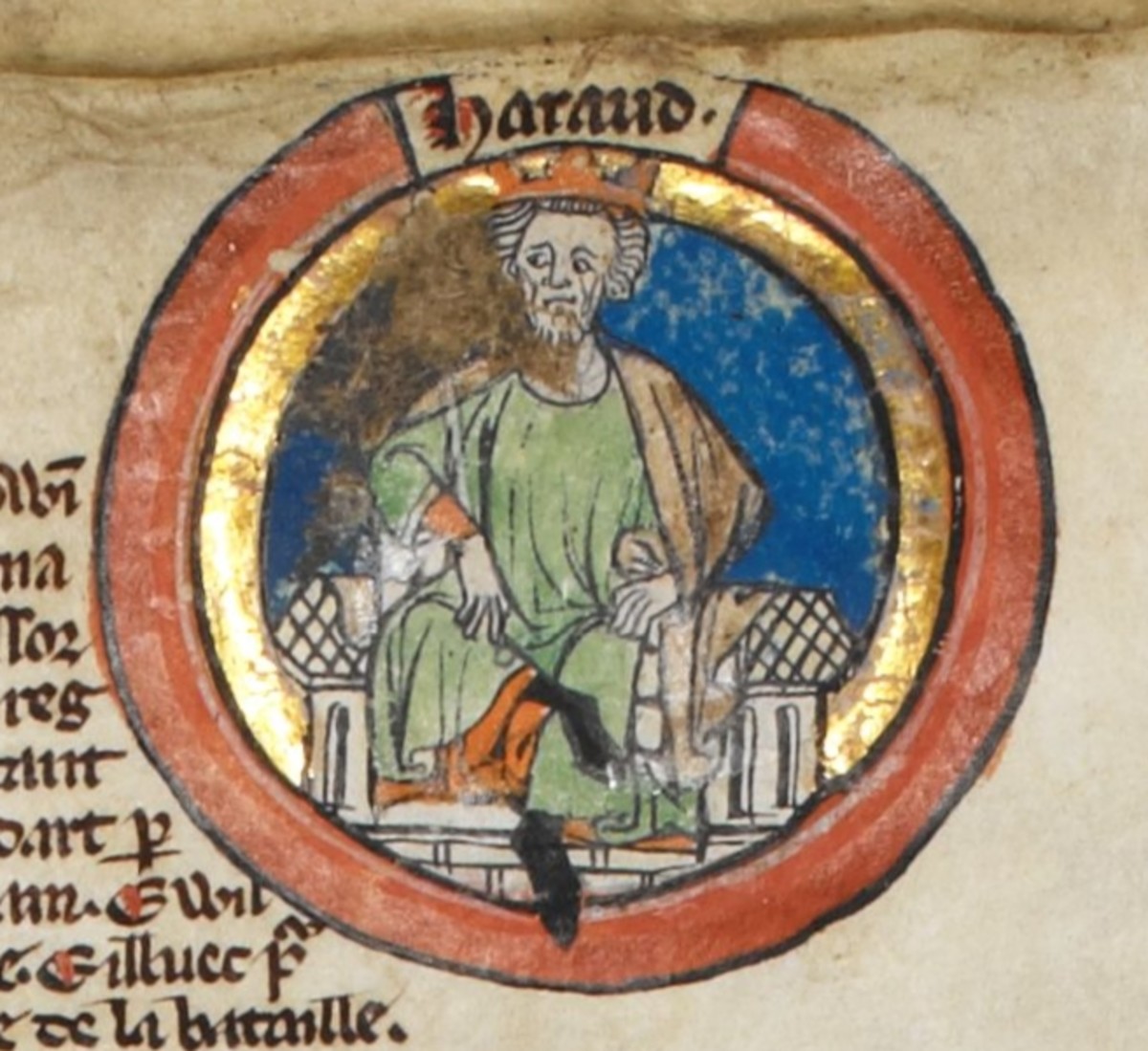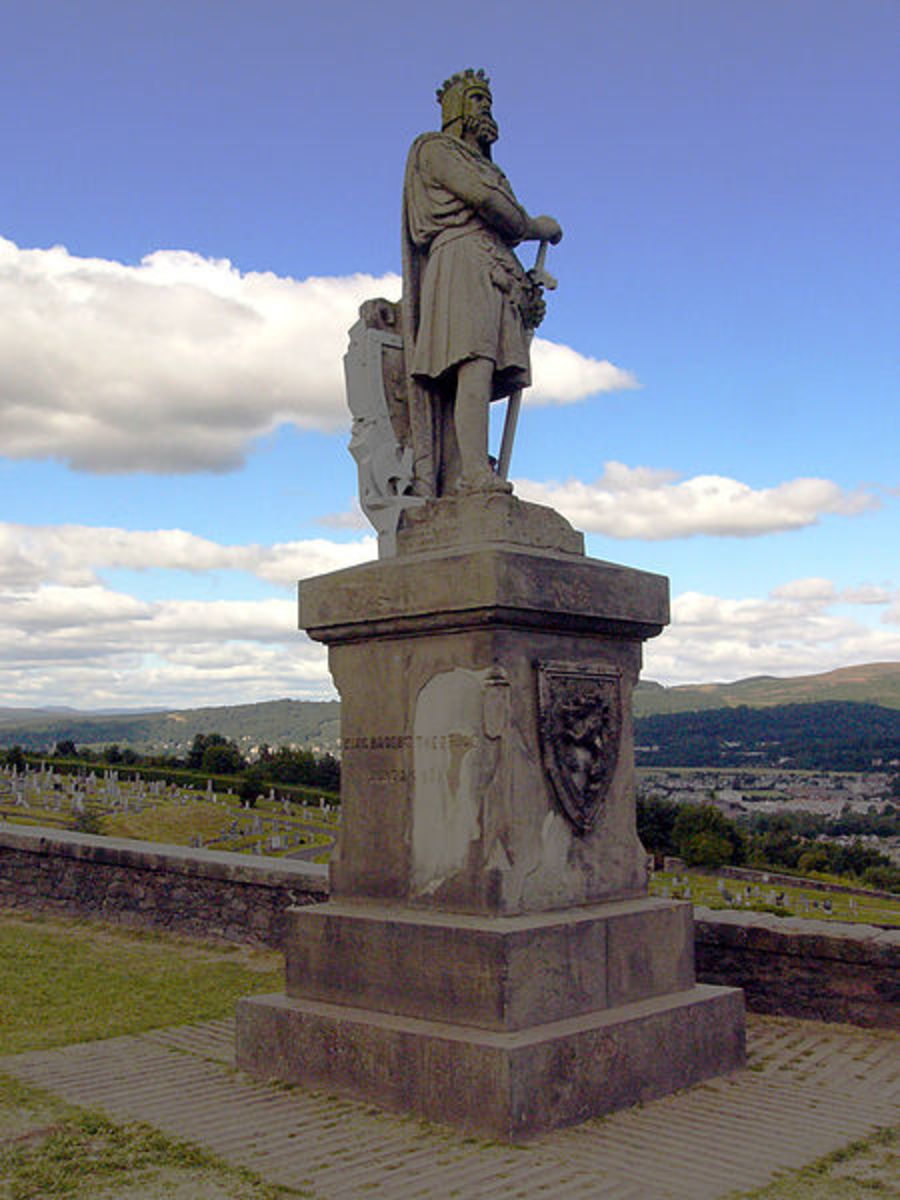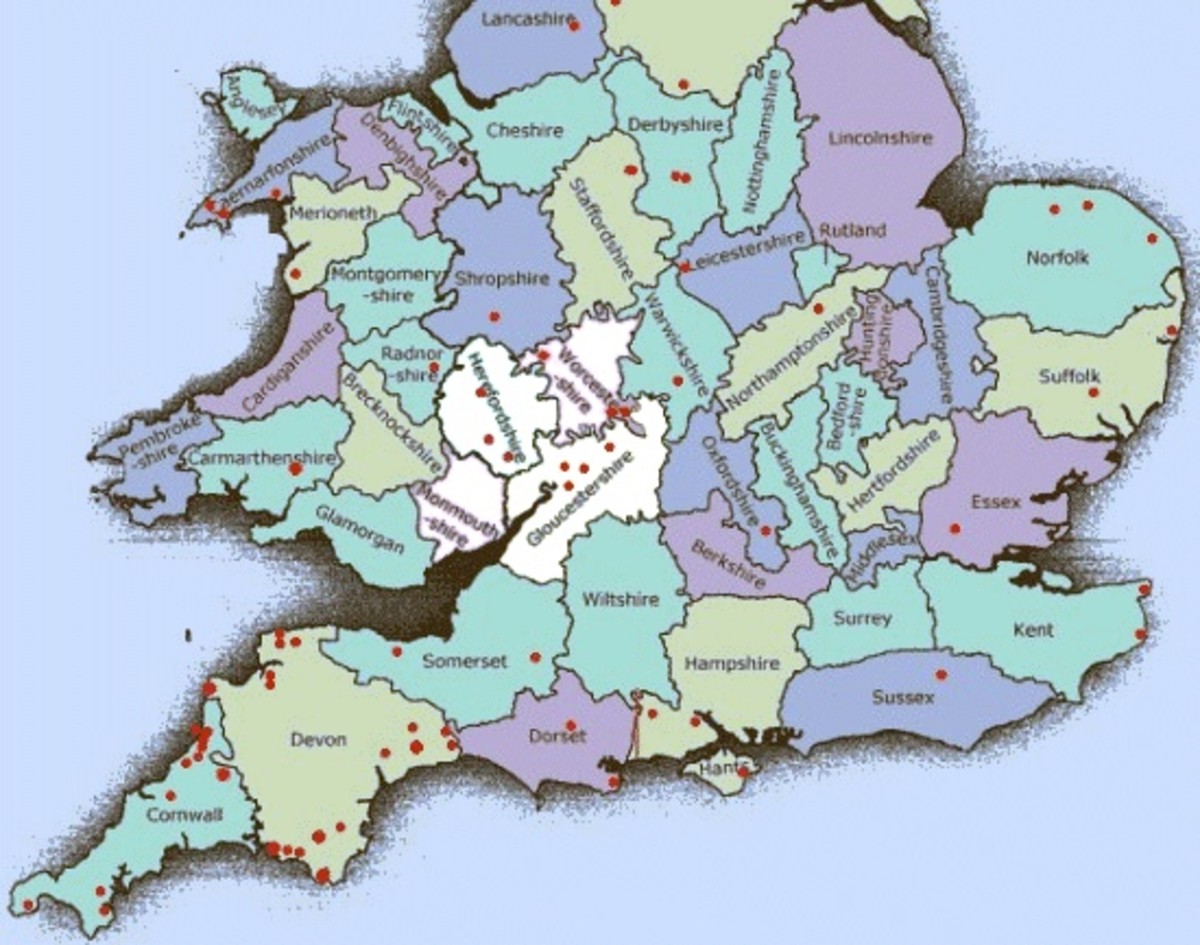Visiting St. Edward, King and Martyr, Cambridge, England: a Royal Peculiar church
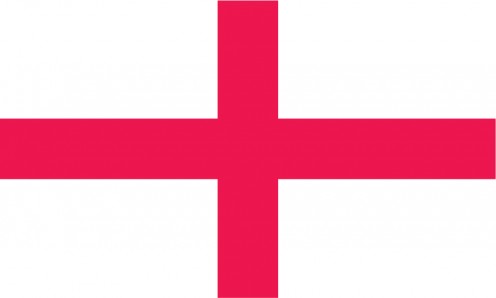
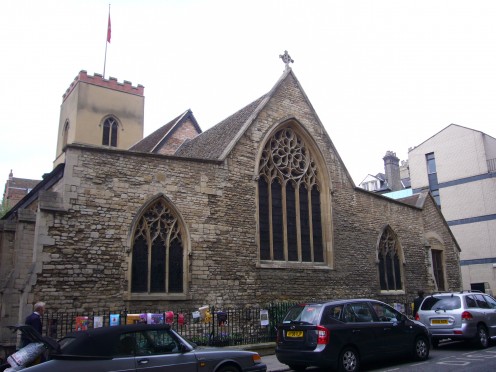
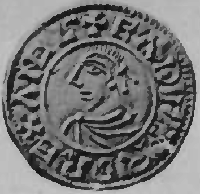
Named for an English 'Martyr King'; the 'Cradle of the Reformation'
This ancient church in Cambridge, England, is named for King Edward the Martyr, who reigned as King of the English from 975 until 978. Reputed for his piety, Edward died at Corfe Castle in 978 in obscure circumstances, which served to enhance his posthumous reputation. Historians have sometimes credited his step-mother Queen Aelfthryth with the instigation of his assassination.
The current building dates from approximately 1400, on the site of an earlier church, although the arch at the tower base is thought to be older than the rest of the building; indeed, Tim Rawle gives the approximate date of the tower itself as 13th century (1). Architect George Gilbert Scott added the East window in about 1858-60.
The church's status is special, known as a Royal Peculiar, which means that it falls directly under the extra-diocesan jurisdiction of the British monarch. It is one of a number of churches which carries this designation, which include Westminster Abbey (scene of the Coronation of monarchs for hundreds of years, and, in 2011, of the marriage of HRH Prince William and Kate Middleton), St George's Chapel, Windsor).
St Edward King and Martyr acquired its Royal Peculiar status in 1445, a church previously used by Trinity Hall and Clare Hall (later, College) was demolished by Henry VI, so that the famous King's College Chapel could be built; by way of compensation, Henry VI gave Trinity Hall the living of St Edward King and Martyr, an arrangement which continues.
In 1525, Robert Barnes, later executed, preached at St Edward King and Martyr what is historically regarded as the first English church sermon to have directly reflected the Bible's view of the Gospel, and was critical of the Roman Catholic Church. Hugh Latimer, later burnt at the stake in Oxford, was another regular preacher at the church. Thomas Bilney, who studied at Trinity Hall, making a close study of Erasmus's Greek New Testament text of 1516, was a close associate of Latimer at Cambridge, and was himself executed in Norwich in 1531. For various reasons, St Edward King and Martyr is thus regarded as the 'Cradle of the Reformation'.
Note
(1) Tim Rawle, Cambridge Architecture, London Trefoil Books, 1985, p. 211
Also worth visiting
In Cambridge itself, some of the famous, older Colleges, located on the Backs, on the Cam River, attract many visitors. These include King's, Queens', Clare, Trinity, and St. John's.
Ely (distance: 26 kilometres); known as 'the Ship of the Fens', its Medieval Cathedral is a local landmark.
...
How to get there
United Airlines flies from New York Newark Airport to London Heathrow Airport, where car rental is available. Rail services link Cambridge with London's Liverpool Street and St Pancras railroad stations. Please note that some facilities may be withdrawn, without notice. Please check with the airline or your travel agent for up to date information.
MJFenn is an independent travel writer based in Ontario, Canada
Other of my hubpages may be of interest
- Visiting Churchill College, Cambridge: partly modelled on MIT, commemorating Sir Winston Churchill
- Visiting Clare Hall, Cambridge: intimate haven of quietness for the more mature scholar
- Visiting Bredon House, at Wolfson College, Cambridge, England: architect Harry Redfern's 1914 design
- Visiting a real Roman fort in England at Burgh Castle, Norfolk: two millennia of stone solidity
- Visiting Canada House, London, England: splendid, Canadian hub on historic Trafalgar Square
